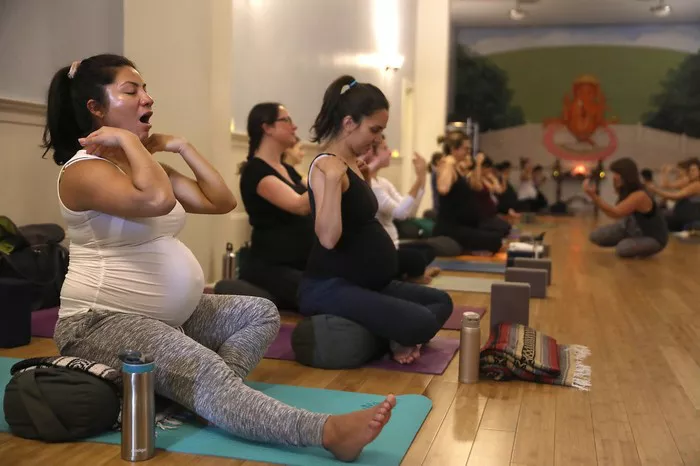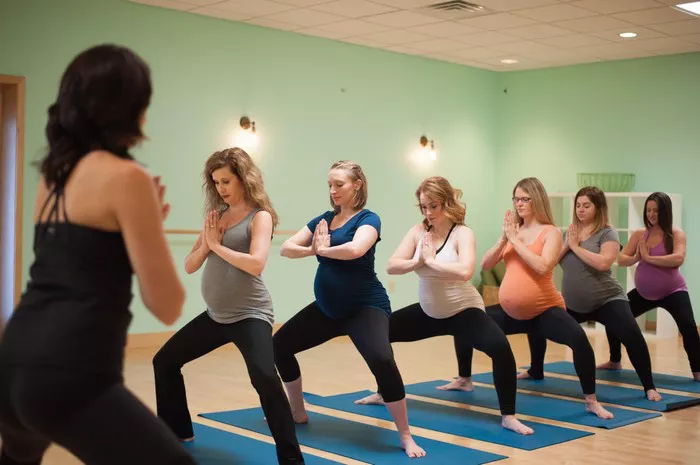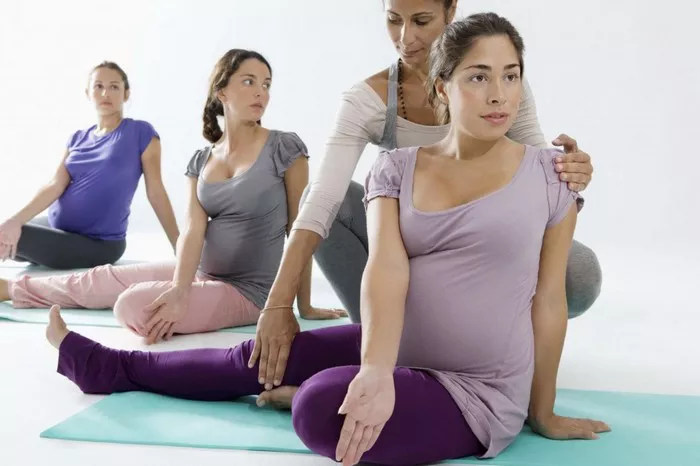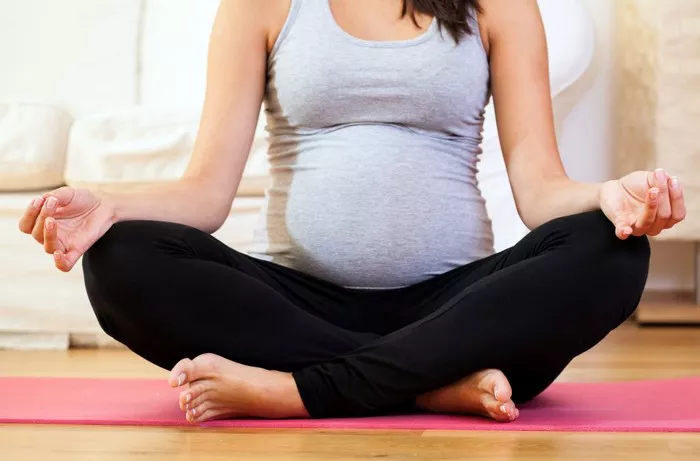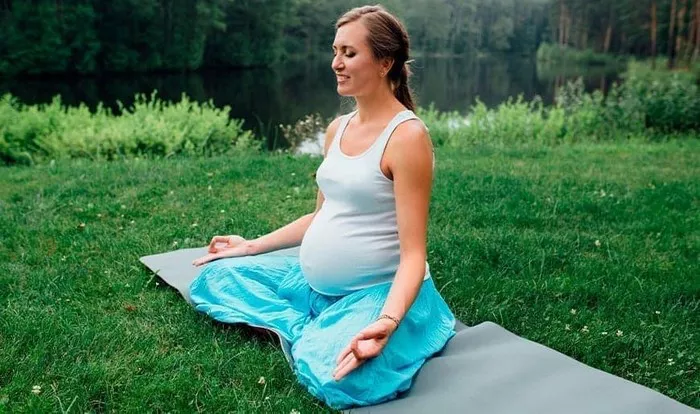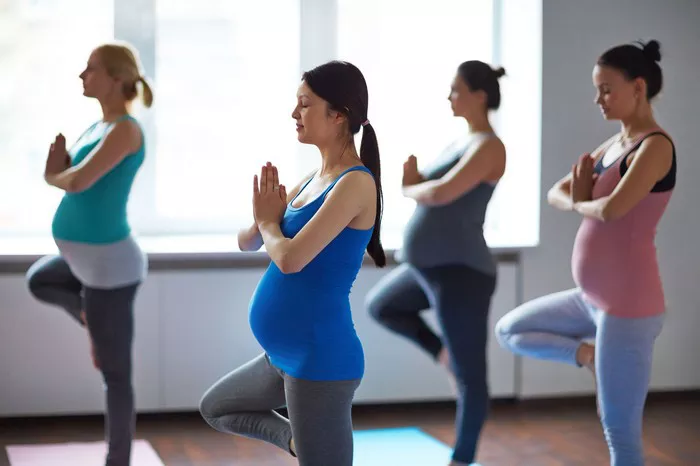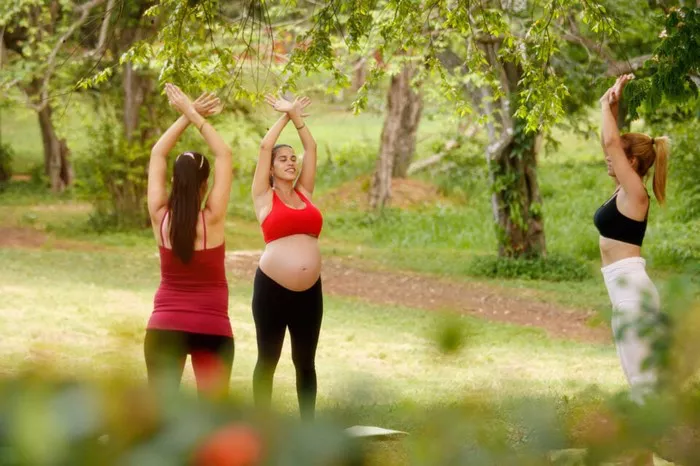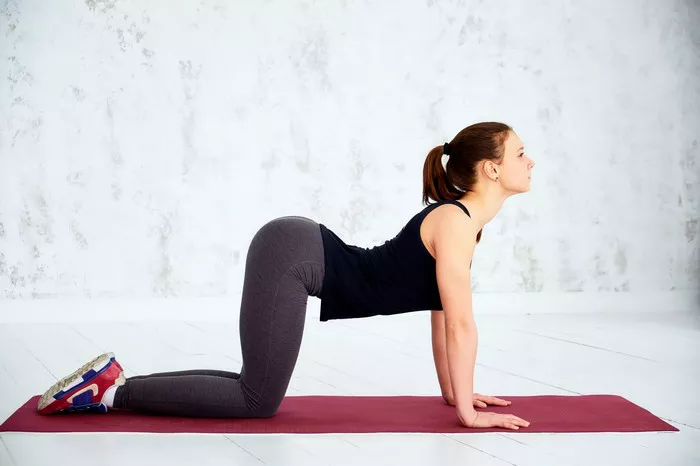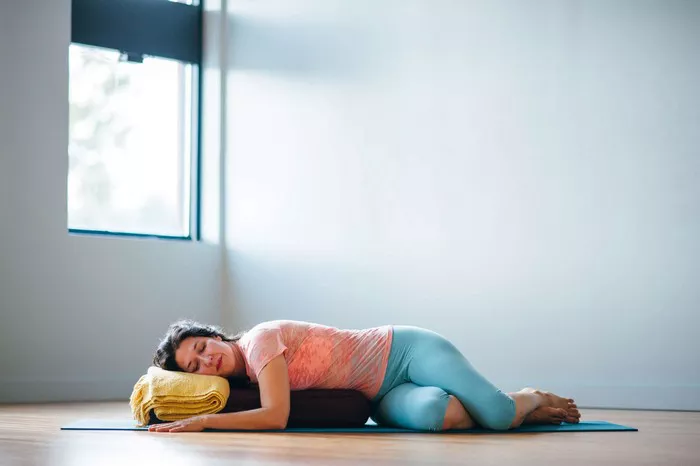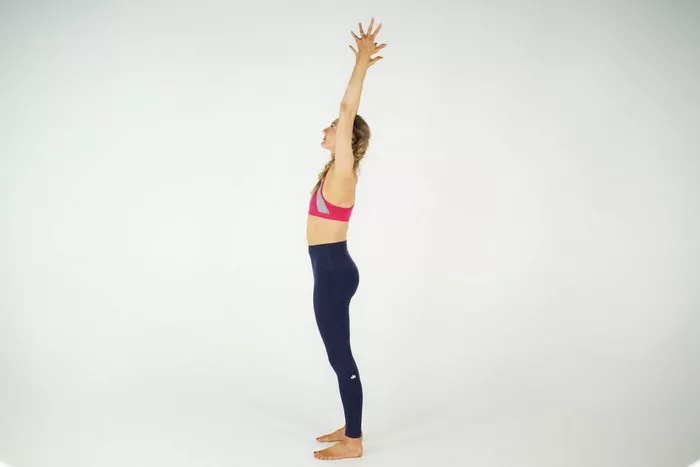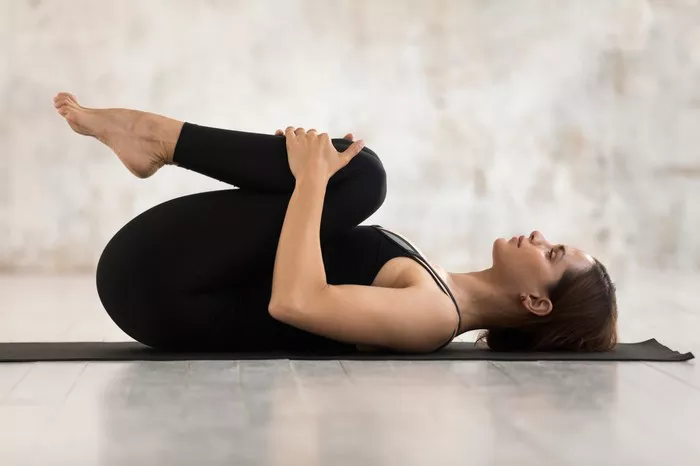Iyengar Yoga, founded by the revered yoga master B.K.S. Iyengar, is one of the most widely practiced forms of yoga worldwide. Unlike other styles of yoga that may emphasize fluid movement or spontaneous practice, Iyengar Yoga places a significant focus on precision, alignment, and the use of props. Its approach caters to practitioners of all levels, from beginners to advanced students, and is particularly beneficial for those seeking to improve posture, flexibility, strength, and mental focus.
In this article, we will explore the many benefits of Iyengar Yoga, both for physical and mental well-being. Whether you’re a seasoned yoga practitioner or a complete beginner, understanding the unique advantages of this method can help you decide whether it aligns with your personal goals.
Improved Posture
One of the most significant benefits of Iyengar Yoga is its emphasis on proper alignment and body awareness. In traditional forms of yoga, poses are often taught in a general manner, leaving individual differences in body structure unaddressed. Iyengar Yoga, however, offers detailed instructions on how to achieve precise alignment in every asana (pose). This alignment helps to correct poor posture by teaching practitioners how to stand, sit, and move in ways that promote proper spinal alignment.
By consistently practicing Iyengar Yoga, students learn to realign their bodies, leading to better posture both on and off the mat. Correct posture alleviates strain on the muscles and joints, reduces back pain, and improves overall physical appearance. Over time, the lessons learned in class can extend into everyday life, where the benefits of good posture enhance your confidence and overall well-being.
Increased Flexibility
Flexibility is often one of the first benefits noticed by those who practice Iyengar Yoga regularly. The method encourages practitioners to explore their bodies’ range of motion slowly and progressively. Unlike other forms of yoga that might emphasize pushing the body into deep stretches, Iyengar Yoga prioritizes alignment and precision. This focus on alignment helps practitioners to stretch safely and avoid injury while achieving deeper flexibility over time.
Props such as yoga blocks, straps, and blankets are used in Iyengar Yoga to assist in achieving the optimal alignment in each posture. These props help practitioners access stretches they may not otherwise be able to reach, gradually increasing their flexibility. Whether you’re working to improve flexibility in your hamstrings, hips, or shoulders, Iyengar Yoga offers a systematic approach that promotes both gradual progress and long-term results.
Enhanced Strength and Endurance
While flexibility is important, strength is equally vital in Iyengar Yoga. The style encourages holding each posture for extended periods, which builds muscular endurance. This is in contrast to many other yoga styles that focus more on dynamic movements. Holding poses for several minutes requires the practitioner to engage their muscles deeply, which leads to significant increases in strength, particularly in the core, legs, arms, and back.
Through consistent practice, Iyengar Yoga helps build a balanced body by strengthening weak areas and stretching tight muscles. Additionally, by holding poses longer, the body learns to maintain stability and control over extended periods, which improves overall endurance. This combination of strength and flexibility makes Iyengar Yoga particularly beneficial for anyone seeking to improve their physical fitness.
Injury Prevention and Rehabilitation
Due to its meticulous attention to alignment and use of props, Iyengar Yoga is especially beneficial for injury prevention and rehabilitation. The precise instructions allow students to practice each asana safely, ensuring that they avoid putting unnecessary strain on vulnerable areas like the lower back, neck, and knees. Many people turn to Iyengar Yoga as a way to recover from injuries or manage chronic conditions because it helps to strengthen the muscles around injured joints and tissues.
For individuals dealing with specific injuries or medical conditions, Iyengar Yoga offers modified poses that can be adjusted with props. This enables students to practice in a way that is safe and supportive, which accelerates the healing process. Yoga therapy, which is often incorporated into Iyengar Yoga classes, can be particularly helpful for those recovering from surgery or managing conditions such as arthritis, sciatica, or osteoporosis.
Mental Clarity and Focus
Beyond the physical benefits, Iyengar Yoga also offers profound mental benefits. The method teaches practitioners to concentrate deeply on alignment and posture, which fosters mindfulness and a sense of presence in the moment. By practicing Iyengar Yoga, individuals can learn to quiet the mind, reducing stress and enhancing mental clarity.
The careful attention to detail in each pose creates a meditative state that helps practitioners to disconnect from daily distractions and cultivate focus. This focus is beneficial not only on the mat but in all aspects of life, helping individuals to be more present, centered, and calm. Many practitioners report feeling a sense of mental clarity and emotional balance after completing an Iyengar Yoga session, as the practice encourages a balance between physical effort and relaxation.
Better Breathing and Lung Capacity
In Iyengar Yoga, the breath is integrated with each movement, and special attention is given to conscious breathing. Deep, controlled breathing is a fundamental component of the practice, allowing practitioners to maintain their focus and hold postures longer. The coordination of breath with movement helps to increase lung capacity and improve oxygen flow throughout the body.
Pranayama, or breath control, is often included in Iyengar Yoga classes, and it has been shown to reduce anxiety, improve cardiovascular health, and increase energy levels. By learning to breathe deeply and consciously, students can lower their stress levels and improve their overall lung function. In fact, many individuals with respiratory issues such as asthma or chronic obstructive pulmonary disease (COPD) have found that the breathwork in Iyengar Yoga helps them to manage their symptoms effectively.
Boosted Circulation and Detoxification
The use of props and the focus on alignment in Iyengar Yoga can enhance circulation throughout the body. By holding postures for an extended period, blood flow to various parts of the body is increased, which helps to nourish tissues, muscles, and organs. Additionally, the deep stretches encourage the release of tension from the muscles, which can stimulate the lymphatic system and promote detoxification.
The benefits of improved circulation go beyond physical health; better blood flow enhances the overall functioning of the body and helps to reduce the risk of cardiovascular diseases. As toxins are flushed out of the body through sweating, breathing, and improved circulation, practitioners experience a sense of rejuvenation and vitality.
Stress Relief and Emotional Balance
In today’s fast-paced world, stress has become a major contributor to both physical and mental health issues. Iyengar Yoga offers a powerful antidote to stress by incorporating relaxation techniques and mindful movements. As practitioners focus on alignment and breathwork, the mind is calmed, and the nervous system is soothed, promoting a deep sense of relaxation.
Practicing Iyengar Yoga regularly helps to lower levels of the stress hormone cortisol, while simultaneously increasing levels of serotonin, the hormone associated with happiness and well-being. This emotional balance is crucial for maintaining mental health and combating the negative effects of stress, anxiety, and depression. Furthermore, the meditative quality of the practice provides a safe space for emotional release, allowing practitioners to process and heal from emotional trauma or tension.
Improved Balance and Coordination
Balance and coordination are vital components of both physical health and overall well-being. Iyengar Yoga requires practitioners to engage multiple muscle groups simultaneously, which helps to improve coordination and develop better balance. The precision of each asana teaches students to become more aware of their body’s alignment in space, which helps to build physical stability.
Practicing balance poses, such as standing on one leg or balancing in inversions, strengthens the muscles responsible for stabilizing the body. This enhanced balance translates into other physical activities and can also improve overall mobility, especially as individuals age. In addition to the physical benefits, improved balance boosts confidence and helps prevent falls or injuries, particularly in older adults.
Suitable for All Ages and Abilities
One of the most remarkable aspects of Iyengar Yoga is its accessibility to people of all ages and physical abilities. The method’s emphasis on props allows practitioners to modify poses according to their unique needs, making it a versatile practice that can accommodate beginners, older adults, and those with physical limitations.
Whether you are a senior looking to maintain flexibility, a young athlete recovering from an injury, or a busy professional seeking stress relief, Iyengar Yoga offers a tailored approach that can be adapted to suit anyone’s needs. Its therapeutic nature makes it a fantastic option for individuals with conditions like chronic pain, arthritis, or neurological disorders, as it helps build strength, flexibility, and body awareness while being gentle on the body.
Conclusion
Iyengar Yoga is much more than just a physical practice; it is a holistic approach to well-being that enhances physical health, mental clarity, and emotional stability. With its emphasis on alignment, precision, and mindful breathing, this style of yoga offers numerous benefits, from improved posture and flexibility to injury prevention and stress relief. Whether you’re looking to increase your physical strength, recover from an injury, or simply improve your overall quality of life, Iyengar Yoga provides a methodical and accessible path to achieving your health goals.
With consistent practice, Iyengar Yoga can transform your body, mind, and spirit, helping you live a healthier, more balanced life. Whether you are just starting or have been practicing yoga for years, this style provides a unique approach that can enrich your yoga journey and empower you to experience profound well-being.
Related Topics


